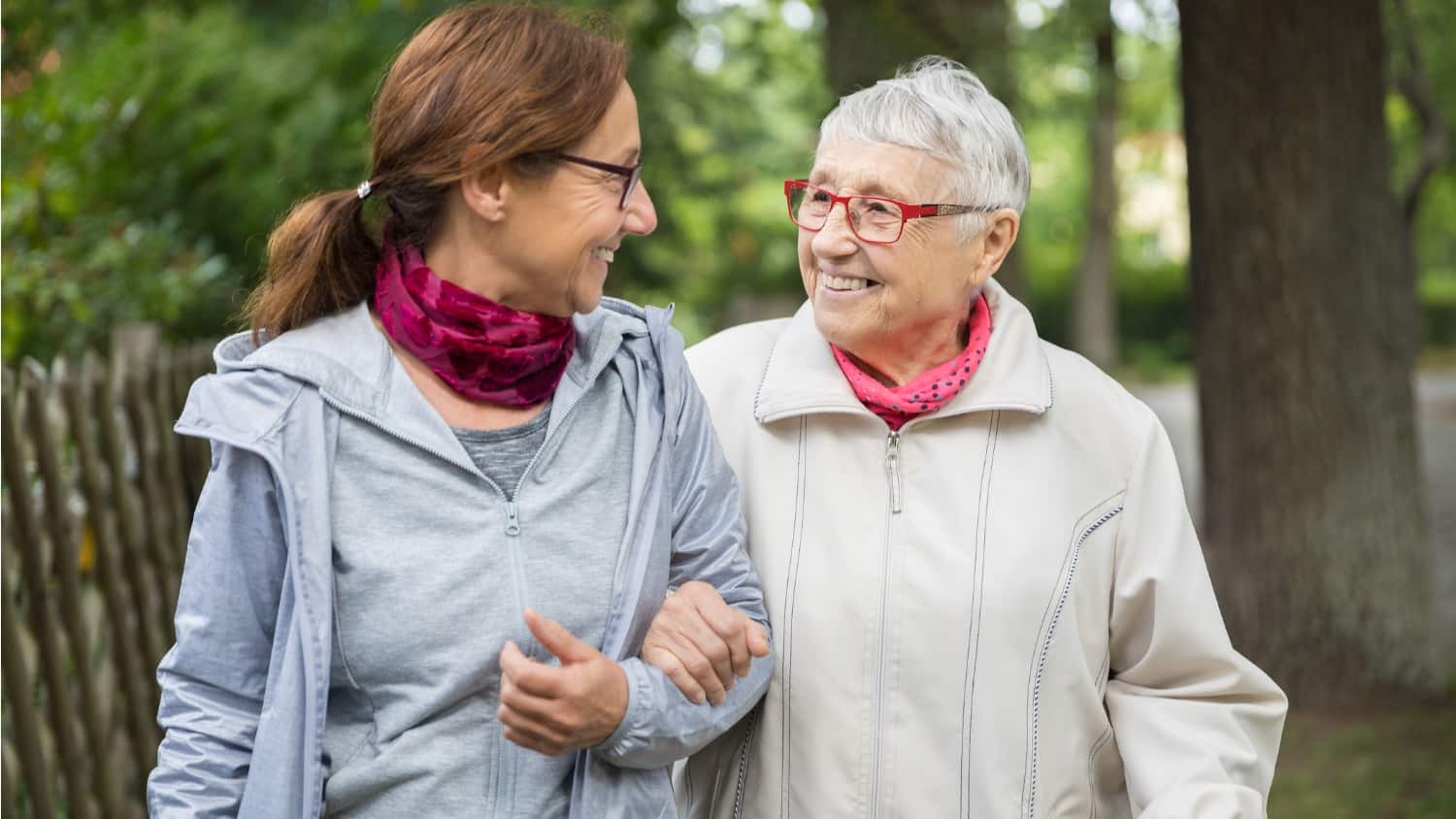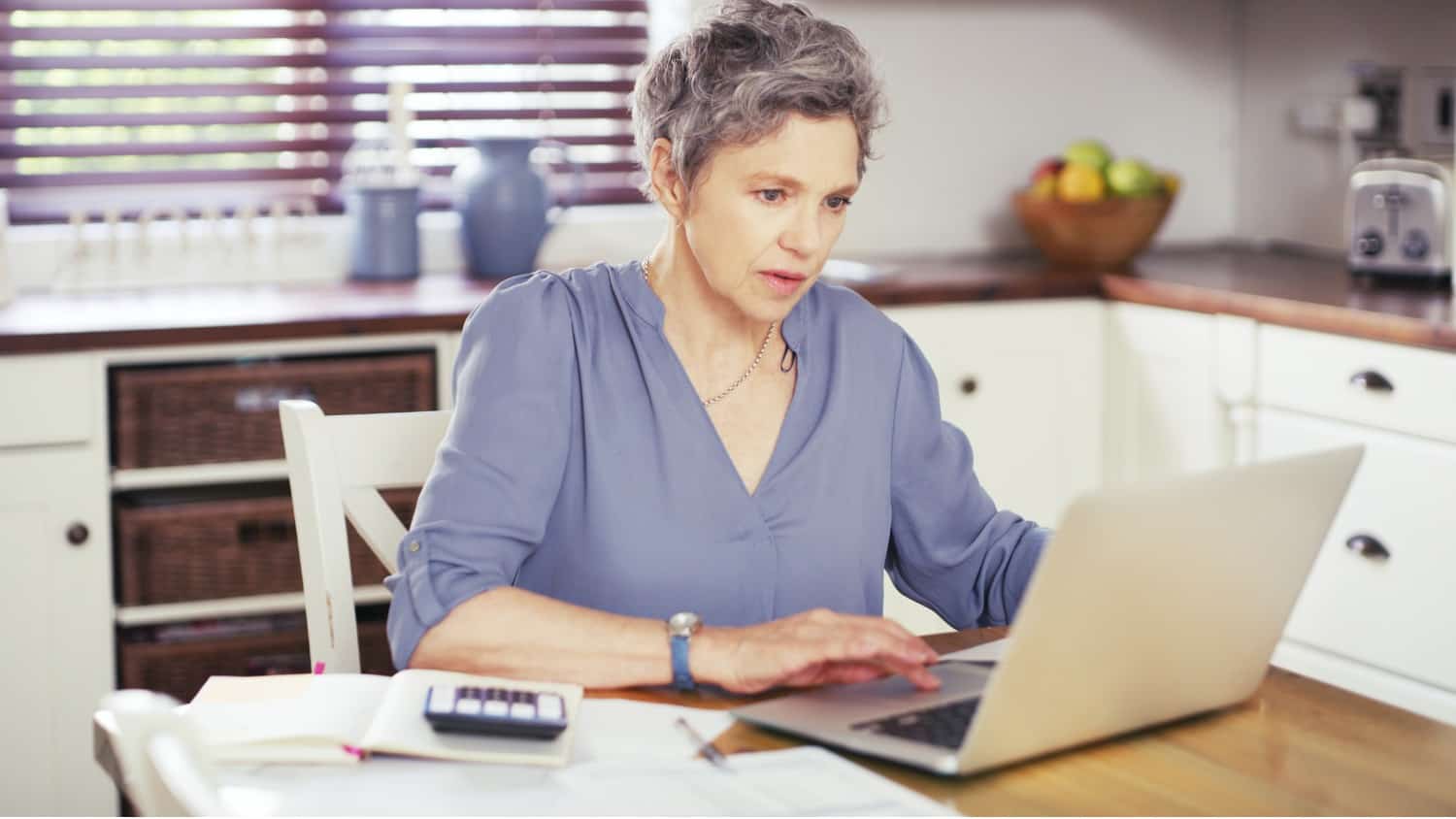
Caregiving 101: Using the Internet to Learn What We Never Learned in School
I don’t think the phrase “leg bag” was ever part of my husband’s and my vocabulary when we were newly-wed several decades ago. But it was just one more thing we learned over the course of his treatment for a stubborn and troublesome kidney stone.
After his recent, relatively uncomplicated same-day surgical procedure, I thought, “Great – all he has to do is recover sufficiently from anesthesia, pee, get dressed, and then we could go home.” But then there was one unwelcome caveat.
The Leg Bag
His doctor explained that rather than keeping him in the hospital overnight, in case he was unable to urinate, they’d decided to insert a Foley catheter so that he could go home. If all went well, he could have the catheter removed the next day.
Now, my husband is intelligent and clever in a great many ways, but dealing with medical devices is not one of them. So, the task of attending to this was mine.
Did you know that there is a difference between an overnight catheter bag and a day bag? (That would be the leg bag, which has useful Velcro straps that wrap around the leg to keep the catheter tube and bag in place.) I certainly didn’t know that.
A nurse in the recovery room showed me (all too quickly) what to do. It was pretty routine for her, of course, but initially, a mystery to me. The tubes! The clamps! What to detach first! Keeping everything sterile! What color his urine should and should not be!
Handling Caregiving Procedures at Home
We went home armed with a few leg bags and the overnight bag. In a quiet moment at home, I sat with the bags to figure out for myself what parts connected where and mapped out a step-by-step plan to handle them without risking either an infection to my husband, or a massive mess in the bathroom.
True to the doctor’s prognosis, the catheter was removed without incident the next day. Certainly, this was not a terribly burdensome episode, in the scheme of things.
It was not as complex as administering intravenous antibiotics every day for six weeks, as I’d done for my husband 15 years earlier.
Nor was it as fraught as changing bed linens for my mother while she was still in bed, or transferring her from bed to commode – just two things of the many I’d learned how to do when she’d been ill a year later.
Online Video Help: Step by Step Instruction
It was, however, a reminder of the fact that many of us are – or will become – caregivers, and that most of us have never been trained to do some of the often complex tasks that will be needed.
It can be daunting and, for those caring for loved ones who are seriously ill and perhaps bed-bound, exhausting. According to AARP, in fact, today 20 million family caregivers regularly perform a wide range of tasks for family members or friends.
Fortunately, for those of us who have not gone to nursing or medical school, there is an abundance of help available online in the form of instructional videos for a wide variety of caregiving tasks. AARP’s Home Alone Alliance is one example.
Their free “How-To” videos (and accompanying pdfs of resource guides), created in collaboration with other organizations, have started a useful initiative. Many of these videos are available in English and Spanish, and I find them to be very clear, simple, and short.
Two of the most recent releases educate caregivers about managing special diets and managing incontinence. The six-video series on special diets covers reducing sodium intake, modifying food textures, and managing low appetite, among other issues.
The seven-video series on incontinence tackles subjects like managing incontinence at home, helping someone to the toilet, and selecting incontinence products.
Other video subjects tackle wound care, mobility (including what to do – and not do – when someone falls), and managing medications (including how to give eye drops, patches, and suppositories).
Dealing with the Challenges of Dementia
Caregiving is perhaps even more challenging for those who are caring for loved ones with memory issues such as dementia. One of the more helpful sites offering video instruction on that topic is UCLA.
Their website has more than a dozen videos as well as an introduction from Alzheimer’s activist Patti Davis, daughter of former U.S. President Ronald Reagan.
Each video shows a behavior typical of a person with dementia and the usual caregiver response. That is then analyzed by an expert, who explains the behavior and offers tips about possible triggers and suggestions for redirection. Then they show the caregiver’s response with the implemented tips.
You can browse the videos by specific behavior, including:
- Aggressive Language/Behaviors
- Agitation and Anxiety
- Depression/Apathy
- Hallucinations
- Home Safety
- Refusal to Bathe
- Refusal to Take Medications
- Repetitive Behaviors
- Repetitive Phone Calls
- Repetitive Questions
- Sexually Inappropriate Behaviors
- Sleep Disturbances
- Sundowning
- Wandering
Caregiving is hard. And it’s not uncommon as a caregiver to feel overwhelmed, unprepared, and all alone. If you’re a caregiver, learning how to do what you need to do can be a huge confidence-booster and a reminder that you’re really not alone in this realm after all.
Which caregiving task has been the most difficult to do so far? Did you have someone to teach it to you? What resources did you use to learn to do the task? Do you think online videos can help educate caregivers? Please share your thoughts and experiences with our community.
Tags Getting Older






